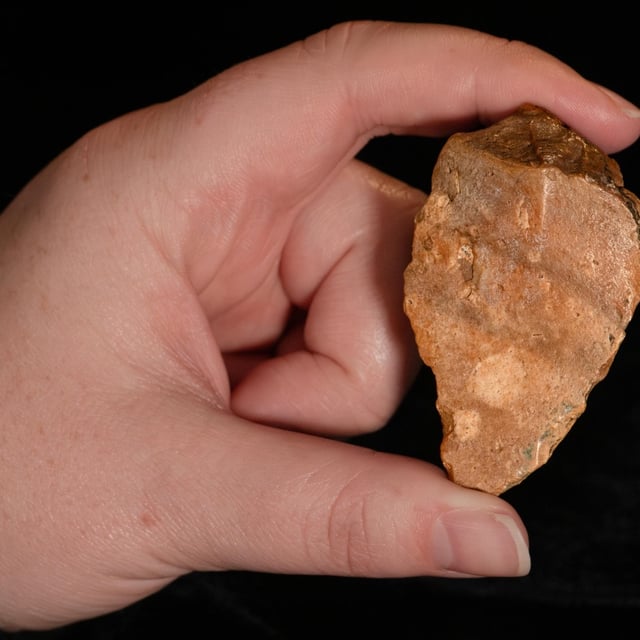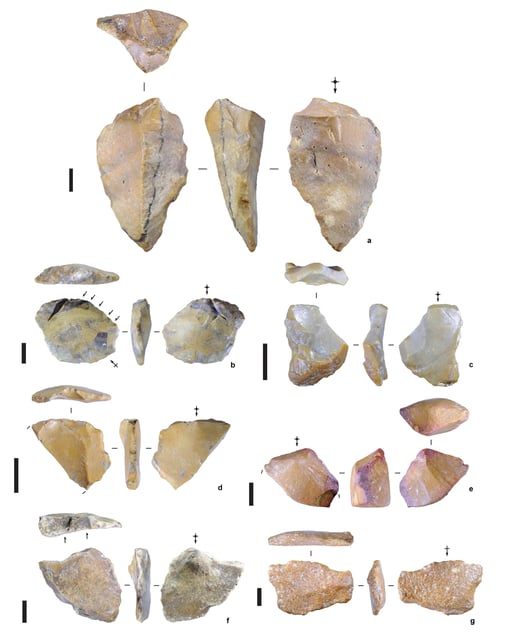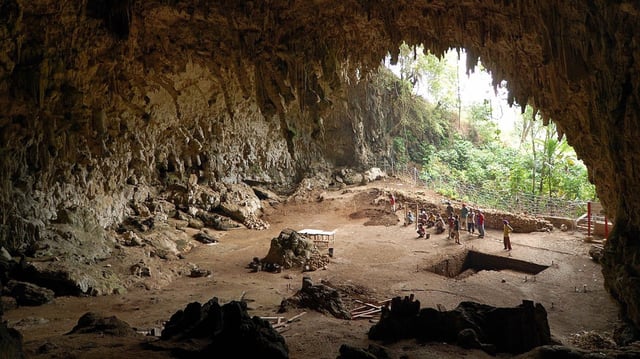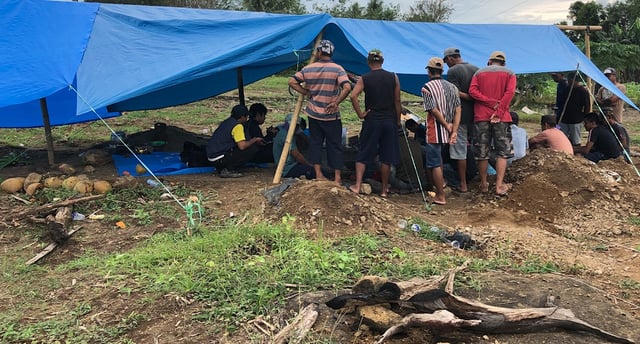Overview
- Researchers have dated seven chert stone tools at Sulawesi’s Calio site to between 1.04 million and 1.48 million years ago, making them the oldest evidence of hominins in Wallacea.
- The implements were fashioned through percussion flaking techniques and include a retouched flake, demonstrating advanced early toolmaking.
- No archaic hominin remains have been found alongside the tools, leaving the species behind their manufacture—possibly Homo erectus or an unknown relative—undetermined.
- The find pushes back island colonization by human relatives and supports the hypothesis that early hominins crossed ocean barriers on natural vegetation rafts.
- Archaeologists are planning further digs at younger sites to recover direct hominin fossils and clarify later interactions with incoming Homo sapiens.



